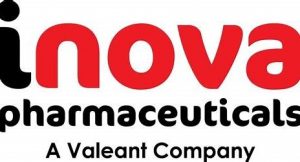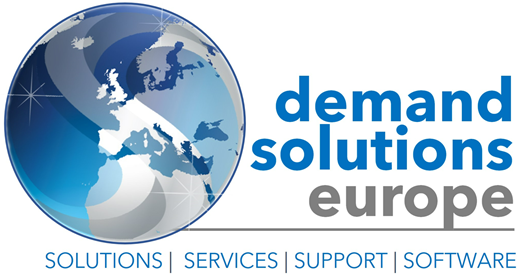The healthcare and life sciences industry are moving toward a dramatically different future, where more diseases are cured, treatments are personalized, and patient/consumer preferences are at the center of decision-making. In this context, there are several trends that have significant potential impacts on partners conducting business in the sector.
The industry is seeing a wide spectrum of innovation – from interoperability of useful health data, to next-generation therapies and artificial-intelligence-enabled medical devices.
Both regulatory requirements and market realities are driving movement toward value-based care. This movement will be achieved using advanced analytics to drive a greater focus on outcomes and the patient experience. As the move toward value goes hand in hand with closer scrutiny of healthcare costs, many organizations in healthcare and life sciences are adopting new alternative payment and reimbursement models. It is important to note, however, that – even as new initiatives help patients better manage and pay for increasingly expensive services and drugs, ongoing political developments will undoubtedly impact the future landscape.
After significant government and growth-driven technology investments over the past decade, there is a need for organizations to increase their focus on performance optimization. These considerations are particularly applicable for organizations in subsectors that are likely to pursue roll-ups to gain better market penetration and achieve significant economies of scale.
Finally, the evolving view of the patient as connected consumer is driving vertical integration in subsectors as varied as pharma and biotech, medical devices, physicians’ practices and home health. Designed to create entities that meet the needs of the whole patient these models will likely become increasingly prevalent in the years to come.
- Increasing portfolio complexity balanced against high customer service expectations
- Increasing regulations and constantly changing regulatory environment with a risk of fines and legal costs for compliance issues
- Increased need for product tracking and serialization
- Need to reduce process times with increasing threat of penalties for missing fulfilment targets
- Misaligned financial, sales, and supply chain planning leading to a need for improved decision support capabilities
- Increasing material costs and hyper competition pressurising profit margins
- Need to increase supply chain resiliency
- Need to ensure 100% availability of critical products
- The customer’s customer drives change in expectations, targets, and fulfilment times
- Staying safe from and fighting Covid-19 Pandemic
- Increase in government oversight on prices
- M&A activity has created complexities in integrating financial and planning data increasing the need for integrated business planning capabilities
- Explosion of data to manage

- Purpose Built and Embedded Artificial Intelligence (AI), Machine Learning (ML)
- ProAmpac – Purpose Built and Embedded Artificial Intelligence (AI), Machine Learning (ML)
The application of FPO led to a 1% reduction in overall units required and a 11% reduction in cost
The application of FPO led to a 11% reduction in overall units required and an 8% reduction in cost.
- Increased SKU-level forecast accuracy
- Improved planning process through better visibility and analysis of sales and forecasts
- Reduced excess and obsolete inventory
- Decreased inventory months on hand from 20 to five in one product family
- Advanced the S&OP process with more accurate inventory targets, projected inventory balances and manufacturing requirements
- Improved inventory turns by 20%
- Increased service levels by 10 points in priority product families


- Increased SKU-level forecast accuracy
- More accurate view on expired inventory risk
- Time phased safety stock levels
- Ability to pass a capacity-constrained purchasing plan to vendors taking into account shelf life requirements, transportation and manufacturing lead time
- Use of multi-sourcing for purchasing finished good and component items
- Automated recommendations for re-balancing inventory between stocking locations based on quantity and quality (i.e. remaining shelf life)
- Drove $1.5 billion in cash savings, while increasing customer service levels
- Achieved overall inventory reduction of 7%
- Experienced ongoing annual reductions of 2-3%
- Reduced US food color inventory by more than $6 million
- Increased forecast accuracy as a function of sMAPE (Symmetric Mean Absolute Percent Error) by 4%
- Decreased time-to-insight from days to just minutes and boosted confidence in the results
- Discovered rich, untapped data sources that help drive collaboration across business units and with customers


